Save an extra 5% Off Selected Items This Weekend With PAY5!
Free Shipping On All Orders!
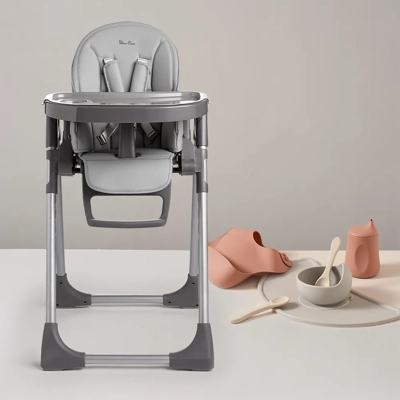
Makes mealtimes fun
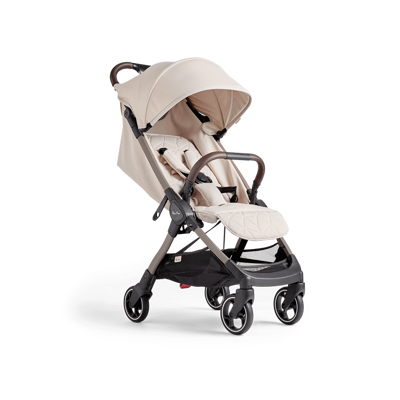
For everyday strolls with a one hand fold

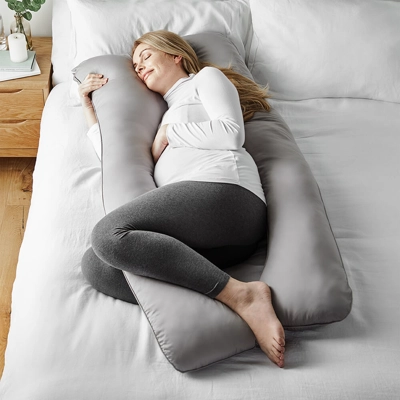
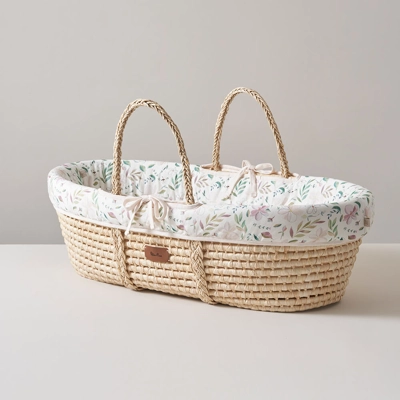
Add Muslin Swaddles worth £45 for FREE!
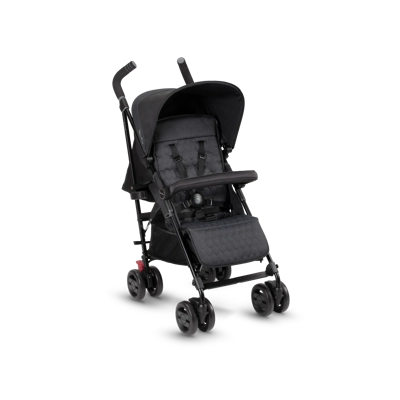
Suitable from newborn to toddler, Pop is the ultimate everyday pushchair offering a smooth and comfortable ride for baby and added peace-of-mind for parents.
The place for parents to be
Min read
Min read
Min read
Min read
Min read
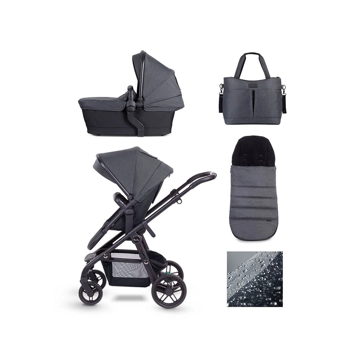
Coast is our cool and durable carrycot/pushchair travel system which features stylish detailing and premium marl fabrics. Coast is fully accessorised with a co-ordinating deeply padded footmuff and super practical pram bag.
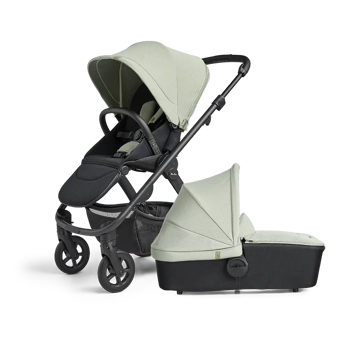
Tide is our new multi-terrain pushchair with an overnight sleeping approved carrycot, reversible multi-recline pushchair seat and effortless freestanding fold.
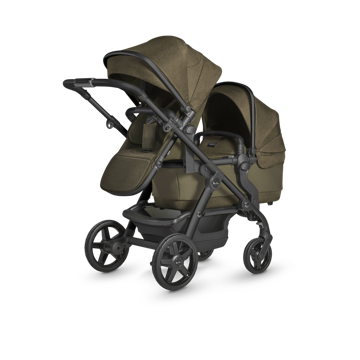
Introducing the all new Wave, our future-proof travel system that’s designed especially for growing families.
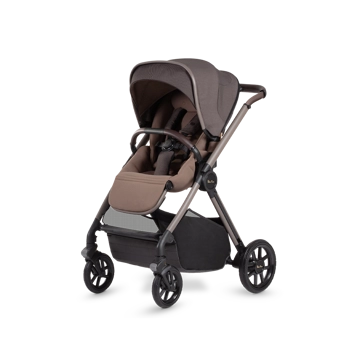
Suburban, stylish, sustainable – Reef is our multi-terrain travel system offering the ultimate in baby comfort no matter where your adventures take you.

Dune, our contemporary and compact urban travel system proves there’s no need to compromise when it comes to style and functionality.

Add an award-winning Dream i-Size Infant Carrier & Base with your Coast pushchair, designed for everyday strolls
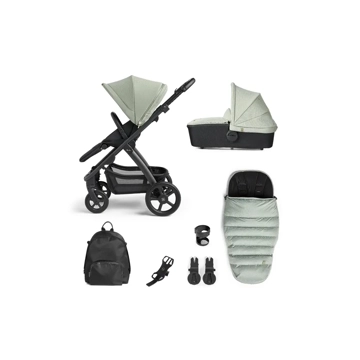
Our lightest, most compact multi-terrain pushchair, Tide is made for exploring. Includes Accessory pack with a changing rucksack, footmuff, phone holder and cup holder.

Our lightest, most compact multi-terrain pushchair, Tide is made for exploring. With 4-wheel suspens...

Our lightest, most compact multi-terrain pushchair, Tide is made for exploring. With 4-wheel suspens...

Everything you need with your Wave pram including Dream i-Size infant carrier & base, changing bag, footmuff, phone holder and snack tray
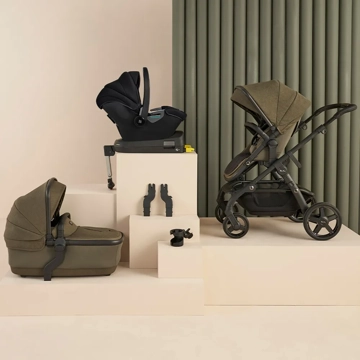
Turn your Wave pram into a Travel System with an award-winning Dream i-Size infant carrier
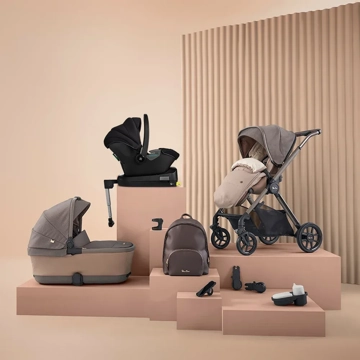
Everything you need with your Reef pram including a First Bed Folding Carrycot, Dream i-Size infant carrier, changing bag, footmuff, phone holder and snack tray

Reef, our multi-terrain travel system offering the ultimate in baby comfort no matter where your adventures take you with its freestanding fold, first bed folding carrycot and off road wheels with a travel pack
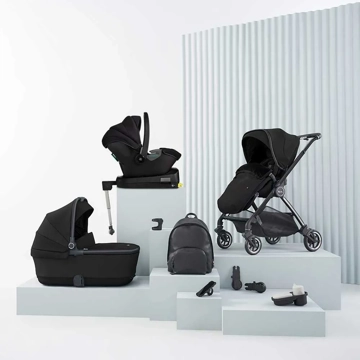
Everything you need with your Dune pram including a First Bed Folding Carrycot, Dream i-Size infant carrier, changing bag, footmuff, phone holder and snack tray
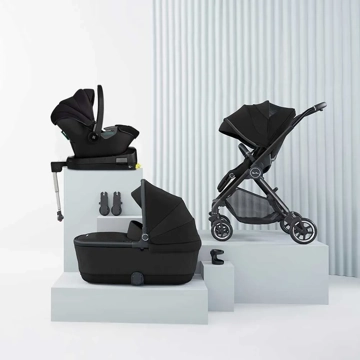
Combine your Dune pram with a Newborn Pod and an award-winning Dream i-Size infant carrier and Travel pack.
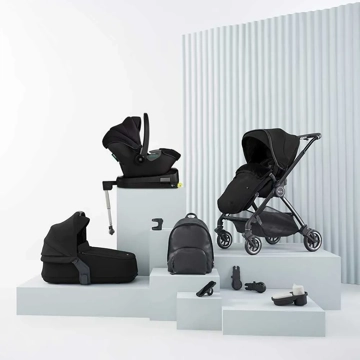
Everything you need with your Dune pram including a Compact Folding Carrycot, Dream i-Size infant carrier, changing bag, footmuff, phone holder and snack tray

Combine your Dune pram with a Compact Folding Carrycot and an award-winning Dream i-Size infant carrier
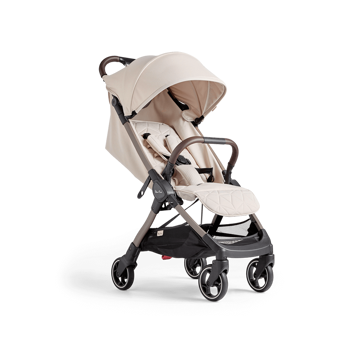
For everyday strolls with a one hand fold
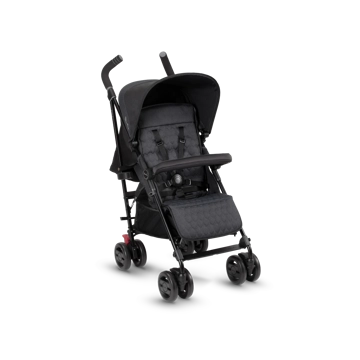
Suitable from newborn to toddler, Pop is the ultimate everyday pushchair offering a smooth and comfortable ride for baby and added peace-of-mind for parents.
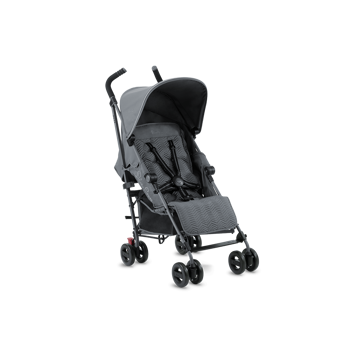
Upgrade your daily strolls with Zest, our everyday pushchair offering style and comfort for both parents and babies.
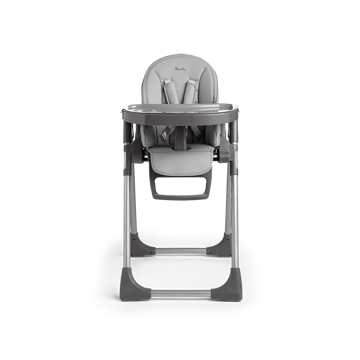
Makes mealtimes fun
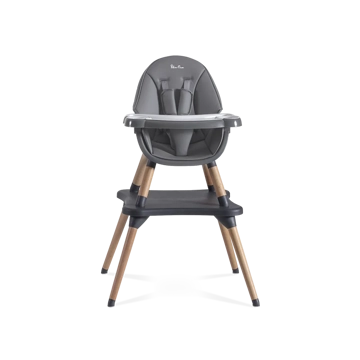
Eat&Play is the 4-in-1 highchair and play table that does it all. Transforming effortlessly from...
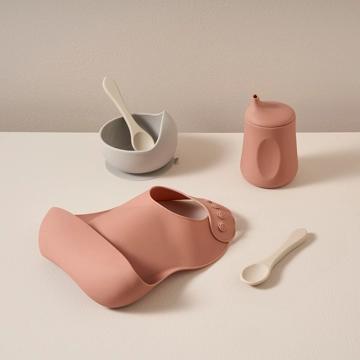
For snacking, weaning and playtime
Start you little one's weaning journey
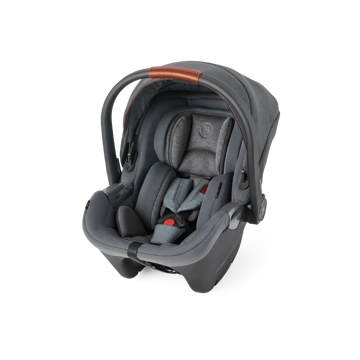
Awarded the safest infant carrier for your newborn by ADAC, when used with the Dream i-Size base
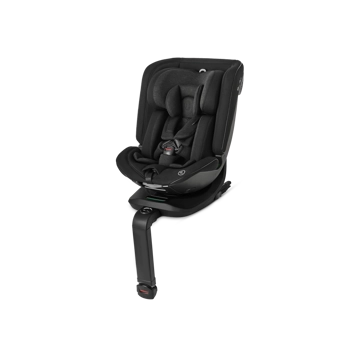
The only 360° rotating car seat you need, suitable from birth to approx. 12 years
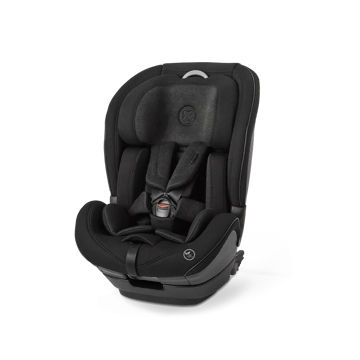
The multi-stage car seat, growing with your child from 15 months to approx. 12 years of age
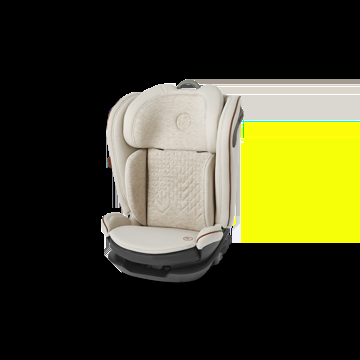
Our high-back booster seat from 4 to 12 years old, approved to the latest R129/03 safety standard
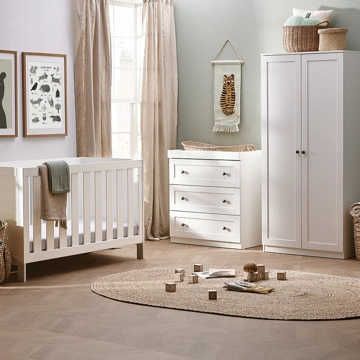
Simple and beautiful, the Bromley nursery furniture collection offers the perfect canvas for creatin...
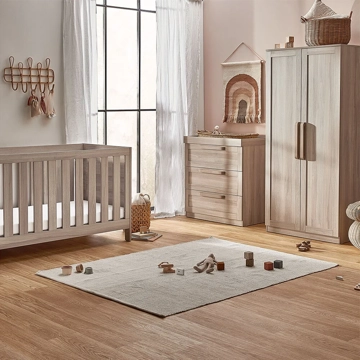
Create the best nursery for your little one to nap, play and grow with the Bromley Oak 3-piece nurse...

Special edition auto-folding super stroller.

Special edition 360° rotating, all stage car seat.
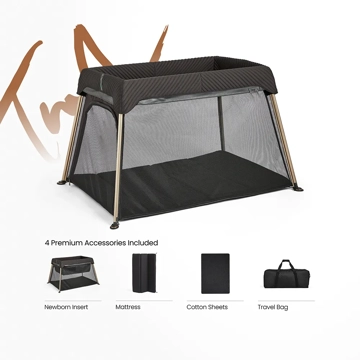
Special edition one-pop travel cot, co-sleeper and playpen.
One of the biggest challenges new mums face is possibly breastfeeding.
That’s not to start on a negative - it’s to be upfront with you and ensure that you have support and know what to expect. Phrases such as ‘breast is best’ to ‘fed is best’ often lead to heated debates or discussions online. I personally think it’s best to avoid any sweeping statements and simply offer support, care and facts. In this article I am going to run though the key things that will help support you to breastfeed your baby – should you chose to do so.
Most of us are familiar with the benefits, but breastmilk really is incredible stuff. It’s actually tailormade for your baby as your body absorbs some of your baby’s saliva when they feed and adjusts itself to support their immune system – helping them fight possible infections.
It also adapts depending on the season - in winter milk tends to be thicker and in summer it can be more hydrating. Mind blowing, right?

Your bodies are still closely communicating outside of the womb. Breastfeeding can also lower the chance of SIDS and offers long-term health benefits for your baby. For you, mama, breastfeeding also offers various health benefits - it lowers your risk of breast cancer, ovarian cancer, osteoporosis (weak bones), diabetes and cardiovascular disease.
In the UK we have some of the lowest breastfeeding rates in the world, yet 80% of mums start breastfeeding and stop in the early weeks. This statistic is really sad because women clearly want to breastfeed, but they aren’t able to continue. I meet many women who feel guilty or even embarrassed about this and blame themselves. If you take anything from this article, take this - if you stop breastfeeding it is not your fault. You’re not a bad mum.
Breastfeeding comes easily to some and not others. For most women and babies it takes support, care, encouragement, understanding, education and time. In the Western world we rarely grow up seeing women feed the way people do in other cultures around the world. It’s often hidden and we therefore grow up not understanding how to feed our babies or what to expect. So, let’s explore those things now!

How to breastfeed
It’s hard to explain but easy to see, so I recommend you watch someone else breastfeed – there are many informative videos on YouTube.
If you have a friend or family member that is breastfeeding, ask to watch them latch their baby on and ask them about their experience. Some people may be shy, but you’ll naturally know who you can ask. Mums have so many tips, tricks and knowledge. I’ve learnt a lot from mums, even as an experienced midwife!
The first hour is a really important time for you and your baby. We often refer to it as ‘the golden hour’ and it’s a time of enchantment. The optimal environment is calm, quiet and undisturbed, with you and your baby skin-to-skin.
The first few hours with your baby are precious so please, never feel embarrassed to tell people to be quiet or to simply leave you both alone. I’d recommend popping in your birth plan ‘protected golden hour’ too and keeping visitors out and phones away. As keen as the family may be to get their first cuddle or photo, that hour or so is precious bonding and feeding time!
Latching your baby on is something that’s important to get right early on. You need to be comfortable first and foremost! For the first feed it’s likely you’ll need someone to help you get comfortable. Positioning your baby is equally important – their ear, shoulder and head should all be in alignment.
Ideally you want to put their nose to your nipple and for their chin to be on the breast, so their head is tilted back – often referred to as the sniffing position. Then wait for a nice wide-open mouth to latch them on. Ensure they’re not sucking on the nipple alone because this doesn’t extract milk as affectively and it can become really sore for you. Ask your midwife to help you with the latch for the first few feeds until you feel confident and are comfortable. Always, always ask for support when you need it. Remember, it takes time, and you’re both learning. One feed might go well the next maybe difficult so keep asking for help.

What to expect
As a student, I remember telling new mums to avoid letting their baby go longer than four hours between feeds. Looking back now I regret framing it like that. It’s very rare for breastfed babies to go this long without needing a feed, and I think that advice sets mothers up to think their baby will go four hours between every feed.
Newborns have tiny little tummies, yet babies double in weight within the first year. That takes a lot of regular feeding and sometimes cluster feeding. This is when your baby will be on and off the breast at very regular intervals, most commonly in the evenings.
On average babies will want to feed around 8-12 times per day and more. This is normal newborn behaviour, and it’s not a reflection of your milk production or supply.
Lots of mums think their babies are hungry and they don’t have enough milk, but really it is the expectation their baby will go for long periods between feeds that create this perception. That said, if you have any concerns over your baby’s feeding pattern, always speak to your midwife or doctor.
Keeping an eye on feeding cues is key! By the time your baby is crying they are usually slightly frustrated, and it can be more difficult to get them latched on, with fists literally flying. Rooting, turning their head from side to side, sticking out their tongue and sucking their hands are a few signs they’re ready for another feed. Try to respond to these cues as early as you can. I know it’s hard if you’re out and about or if you have another baby/toddler that needs your attention, but you can only do what you can do at the time. Your best is always enough.
For more information on breastfeeding check out:

Marie Louise is an experienced Midwife, PTLLS adult educator and hypno-birthing teacher from the UK. She has travelled extensively to learn about midwifery in different cultures and has also practised in Australia. She runs ‘Modern Midwives Meetups’ which provide a safe space for midwives to share best practice and hear from experts in the maternity field. Marie Louise is a sought after expert and has most recently been invited to Parliament to discuss maternal mental health and maternity discrimination. She's also a communications partner for Child.Org, an equal opportunities charity for children and advises Cocoon Family Health, a perinatal mental health charity based in London.